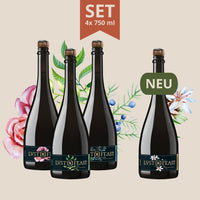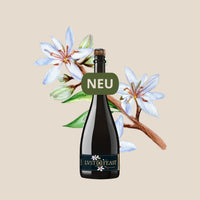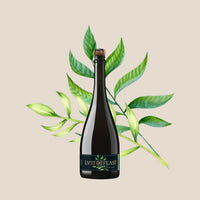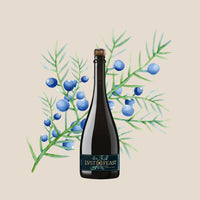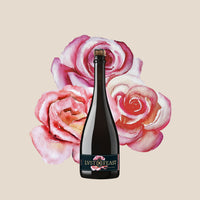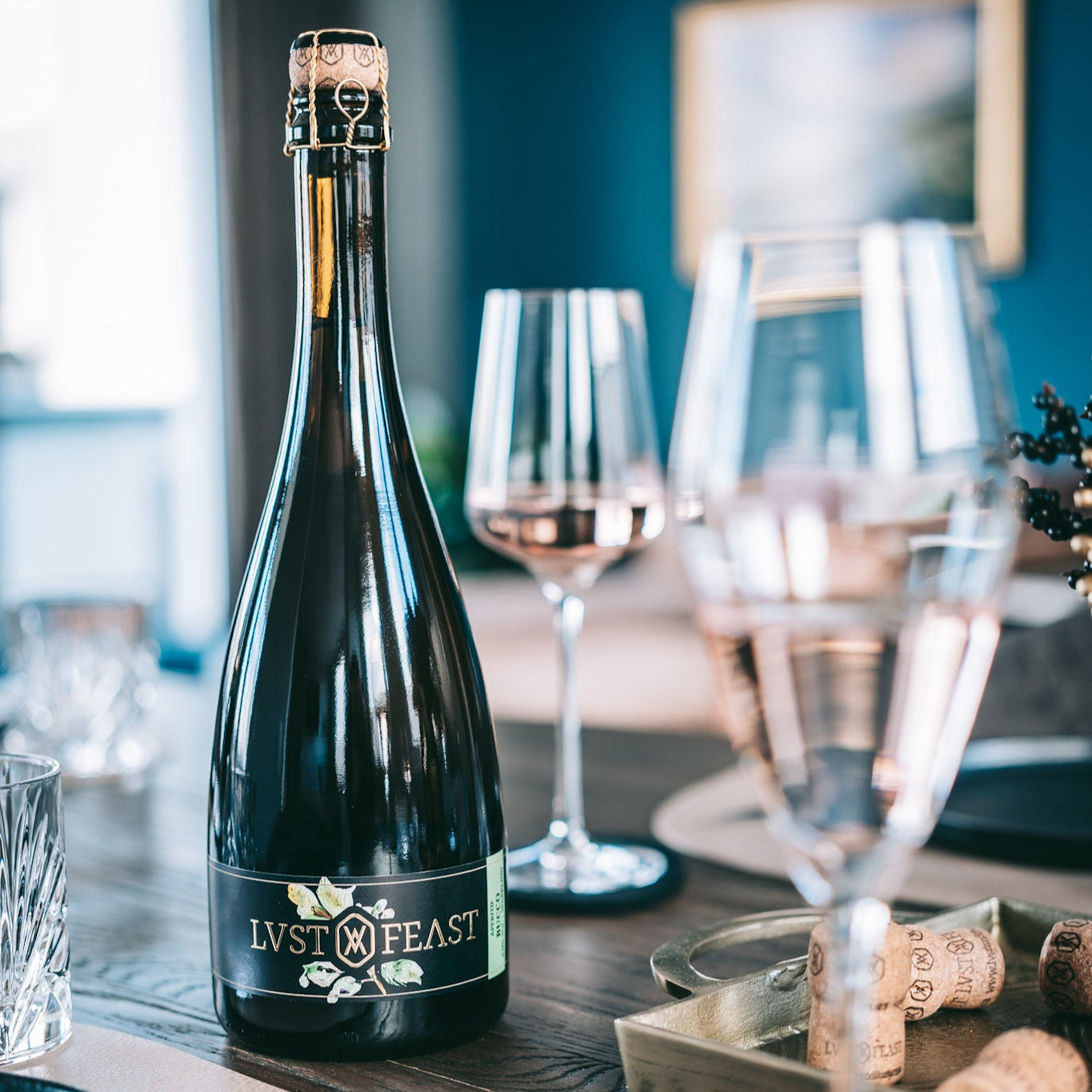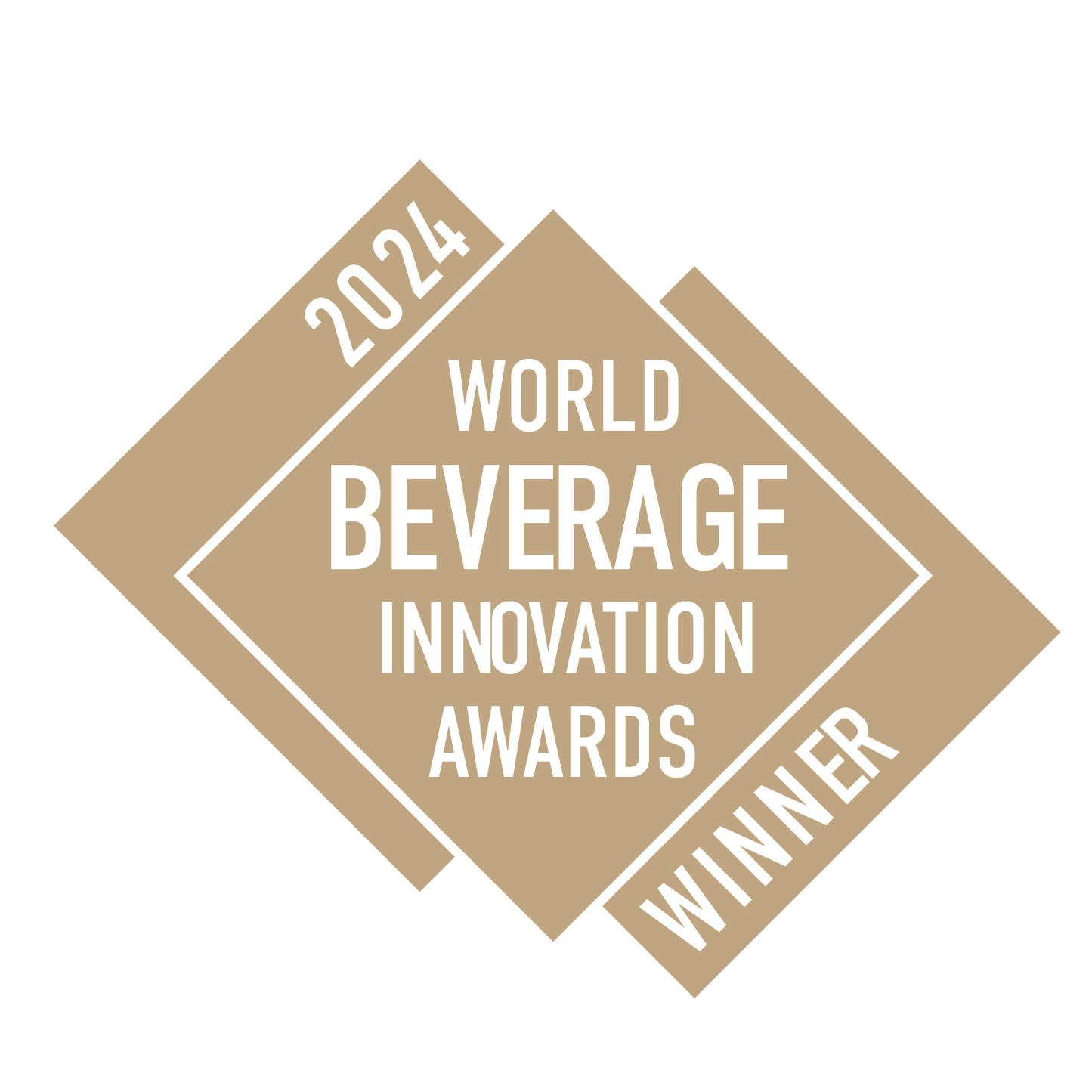In the world of drinks, alcoholic beverages often enjoy a prestige that their non-alcoholic counterparts lack. Whether at a celebration, in a restaurant or at a quiet dinner, a glass of wine, a craft beer or an aged whisky is often seen as more valuable and luxurious than its non-alcoholic counterpart. But why is that? And how come non-alcoholic counterparts are sometimes even more expensive?
The Cultural Significance of Alcohol
Alcohol has a deep historical and social significance in many cultures. Wine, beer and spirits have accompanied humanity for thousands of years and are an integral part of religious ceremonies, festive occasions and social rituals. In many societies, the consumption of alcohol symbolizes not only pleasure, but also community and belonging. This historical depth gives alcoholic beverages a value that is often lacking in non-alcoholic beverages.
In addition, certain alcoholic beverages are considered a sign of sophistication and good taste. An expensive wine or a good whiskey are not only valued for their taste, but also as a status symbol. This cultural norm and social recognition contribute to the higher value of alcoholic beverages.
complexity and craftsmanship
Another factor contributing to the higher appreciation of alcoholic beverages is the perception of how they are produced. Wine, beer and spirits are often associated with craftsmanship, tradition and expertise. The aging process, the selection of ingredients and the careful production are seen as complex arts that have been refined over generations.
This perception overlooks the fact that many non-alcoholic beverages also require complicated and complex production methods. The production of high-quality non-alcoholic aperitifs requires special processes, modern technologies and careful selection of ingredients. In many cases, these production processes are even more complex, as taste and aroma must be balanced without the addition of alcohol.
The challenges of non-alcoholic production
The dealcoholization process required to produce non-alcoholic beer or wine is technically demanding and requires state-of-the-art technology. The alcohol must be removed without affecting the flavor profile of the drink - an often underestimated challenge. On the other hand, new production methods must be introduced when alcohol is not an option in the first place. Many dealcoholized drinks still contain alcohol residues, even though they can call themselves "non-alcoholic." And the final product must be able to compete in terms of taste with its alcoholic counterparts, which often requires further adjustments.
Another factor is shelf life: alcohol acts as a natural preservative that is not present in soft drinks. To ensure shelf life, additional steps such as pasteurization or the use of preservatives are required, which further complicates the production process. All of this makes the production of soft drinks more complex and costly.
Towards a balanced appreciation
Despite these challenges and the often high quality, non-alcoholic beverages are still viewed by many as "inferior." This perception ignores the advances in non-alcoholic beverage manufacturing. Today, there is a wide range of non-alcoholic beverages that rival their alcoholic counterparts in terms of flavor and complexity. While alcohol has its cultural and historical significance, non-alcoholic beverages deserve recognition for the innovation, craftsmanship and technology that go into their production. Ultimately, the value of a drink should not be measured by its alcohol content alone, but by the care and expertise that goes into each sip. With or without alcohol, the true value of a drink lies in the enjoyment it provides and the story it tells.

